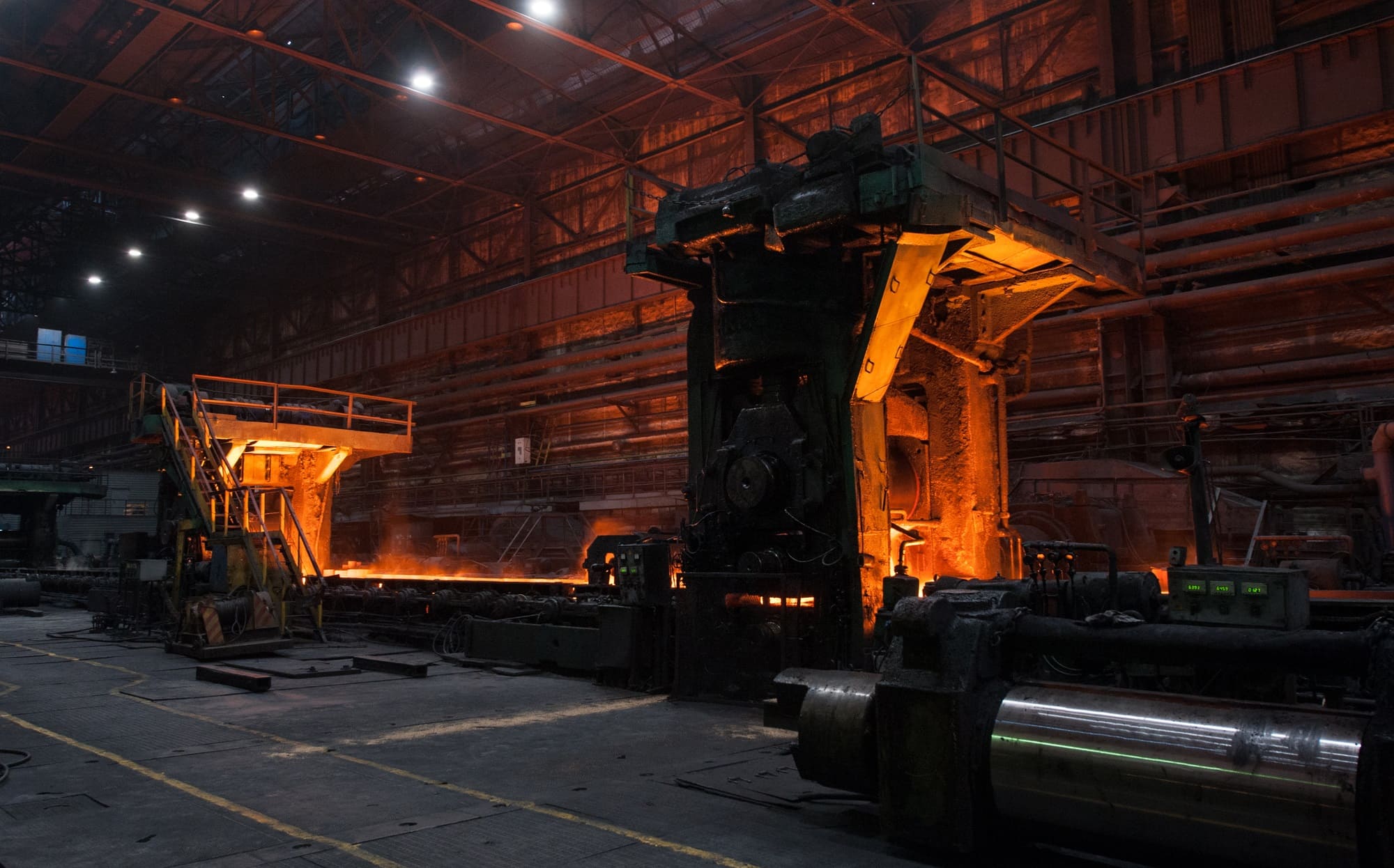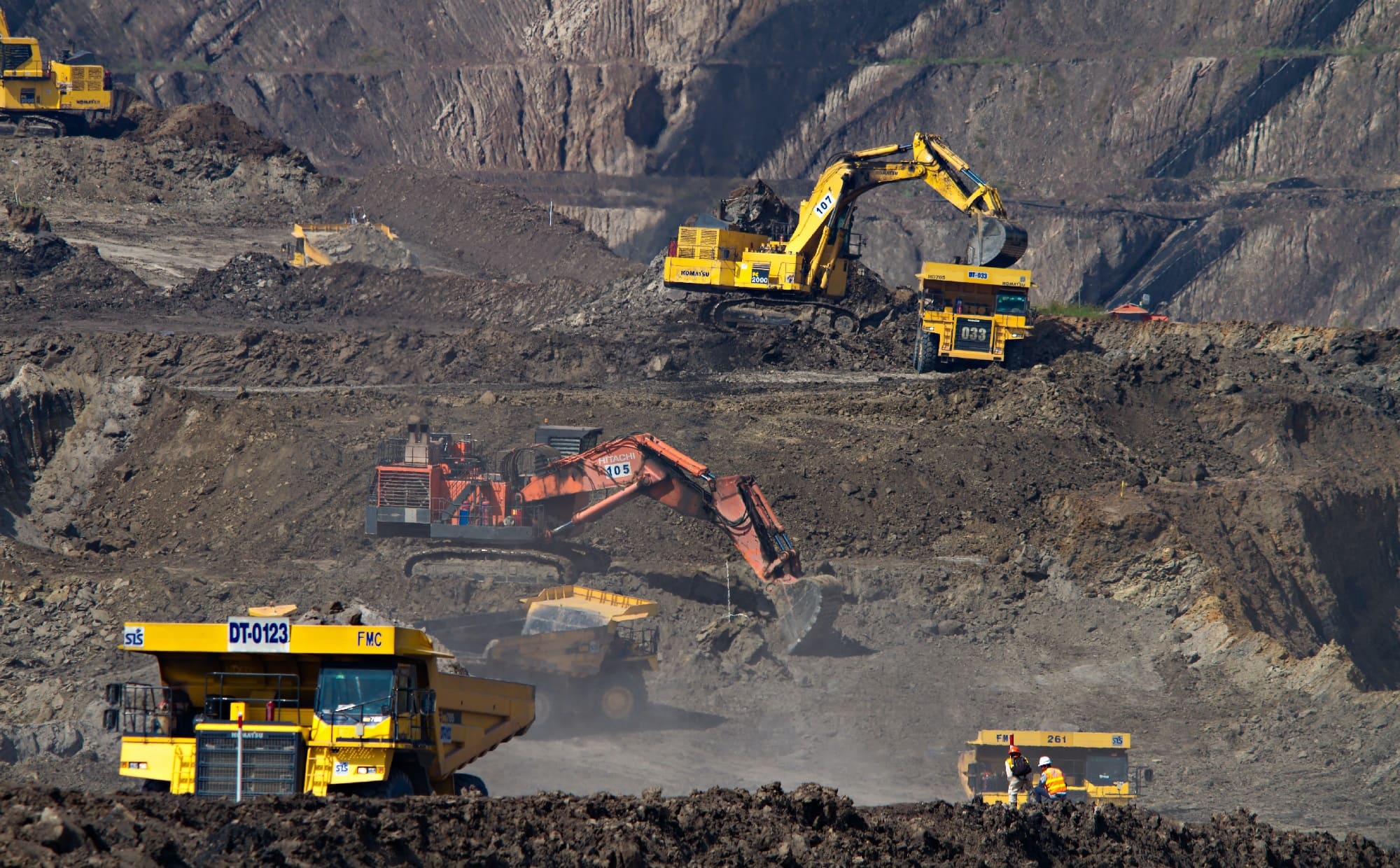-

Roman Kurashev, Marketing Director of Metinvest Group
Around the world, 2020 was marked by the coronavirus pandemic, which affected all sectors of the economy. What global changes occurred in metallurgy over this period and what can market players expect this year?
1. Developed countries were the most adversely affected
Steel consumption decreased more in developed countries than in emerging markets. The World Steel Association reports that steel consumption fell by 15% in Europe and North America last year, compared with 9% in the Middle East and North Africa (MENA) region and 8% in the CIS. The only country that demonstrated growth was China, where consumption climbed by 8%.
The Western mentality prioritises human life and health. In this critical situation, the governments of countries in Europe and North America tried to protect their citizens as much as possible by introducing a severe lockdown. This led to an economic slowdown and a reduction in investment projects, which, in turn, caused a drop in steel consumption in these regions.
Meanwhile, China quickly coped with the pandemic and activity in its manufacturing and mining segments returned to pre-crisis levels in May. Once again, China surprised us despite all the disappointing forecasts of world analysts regarding the drop in steel consumption.
2. The steel market faced a shortage
In response to the reduced demand, metallurgists were forced to shut down blast furnaces and steelmaking plants and significantly reduce production. The shutdown of blast furnaces is an extraordinary event for metallurgists, since it sometimes requires millions in investments to restart them.
In the first half of 2020, the entire world, except for China, reduced steel production by 8%. While the demand for rolled products returned in the second half of the year, when countries gradually began to come out of lockdown, production did not respond as quickly. In the second half of 2020, steel production volumes slightly increased but did not reach pre-quarantine levels. This caused a shortage to form in the market, as buyers had returned while metallurgists were slowly resuming production, not knowing what to expect from the pandemic.

In China, steel production grew by almost 10% from the first half of the year to the second half. The Chinese government launched programmes to support infrastructure projects and used fiscal stimulus measures to support demand in the real sector. China’s relatively effective measures to contain the spread of coronavirus also allowed its manufacturing sector to reach pre-crisis levels in the shortest possible time.
3. The global market is expected to recover
The good news for metallurgists is that the demand for metal and raw materials will grow. In 2021, the World Steel Association expects a recovery in steel markets as the pandemic subsides and stimulus measures spur economic growth. The World Steel Association forecasts that global steel consumption will grow by 4% to 1.795 billion tonnes. Volumes will increase in all regions except for China, which is expected to maintain last year’s figures. While steel demand has expanded at a rate of 3% over the past decade, it fell by 2% in 2020. Steel consumption will grow in the countries that showed a decline last year.
4. Raw materials and rolled metal prices reached their peak value
By February 2021, iron ore and coil prices had reached a 10-year record, while billet prices were slightly below their 10-year peak value. According to analytical agencies, the price of iron ore in China was US$163 per tonne, hot-rolled coil was US$700 per tonne FOB Black Sea and billets were US$541 per tonne.
A combination of several factors led to such a rise in prices. The sharp drop in demand and prices in early 2020 was replaced by equally rapid growth in the second half of the year. Metallurgists were unable to keep up with the increasing demand, which caused a structural shortage in the market.
The world’s key central banks – in the US, Europe, Japan and China – have simultaneously turned on their printing presses to restart their economies. During the pandemic, they increased their balance sheets by 40% by purchasing bonds and other assets and printing money. Central bank balance sheets rose to roughly US$28 trillion, which is the equivalent of 29% of these countries’ GDP. The influx of so much money into the market created certain expectations of inflation growth. And the best protection from inflation are commodity assets. The dollar’s depreciation relative to other global currencies is also a positive factor for all commodity markets, including steel and iron ore.

Naturally, the 8% increase in steel consumption in China had an impact on global industry. China accounts for more than 55% of world steel consumption and its exports are declining, which leads to a certain shortage of steel on a global scale.
The last reason is restocking. In late 2019, the industry hit a low point when the price of coils reached US$380 per tonne FOB Black Sea. Many consumers tried to keep minimal stockpiles amid the downward price trend. And when everyone needed metal, metallurgists were not ready for such demand.
While the price points that we see today may be historically high, financiers believe we are entering a commodity super cycle. This means that we may face a lengthy period of higher inflation and raw material prices.
We expect elevated price volatility this year. Given that steelmakers have already signed contracts for the sale of products, the first half of the year will be quite stable. Production will lag slightly behind demand, which will grow even further as vaccination programmes are rolled out.
5. In Ukraine, steel consumption will grow
Ukraine experienced a lighter version of quarantine than elsewhere in Europe. This had an impact on the steel market as well. In Ukraine, consumption of finished rolled steel in 2020 decreased by only 1% year-on-year to 4.6 million tonnes. Steel product consumption was driven by construction last year, in particular metal-intensive infrastructure projects, which made it possible to keep consumption volumes at an acceptable level.
This year, we expect steel consumption to grow by 3% to 4.7 million tonnes. Consumption will continue to grow across all product groups related to construction rolled steel. In 2021, we forecast increases in consumption for rebar (up 8% year-on-year to 950 thousand tonnes), structural shapes (up 4% to 340 thousand tonnes), polymer-coated steel (up 2% to 380 thousand tonnes), hot-rolled steel (up 1% to 875 thousand tonnes) and cold-rolled steel (up 11% to 340 thousand tonnes).
High prices for raw materials (iron ore, steel and agricultural products) will generate foreign currency earnings for Ukraine. This will eventually be converted into either consumption or investment demand, which will support the Ukrainian economy amid a favourable situation on export markets.
Blog
May 12, 2021
